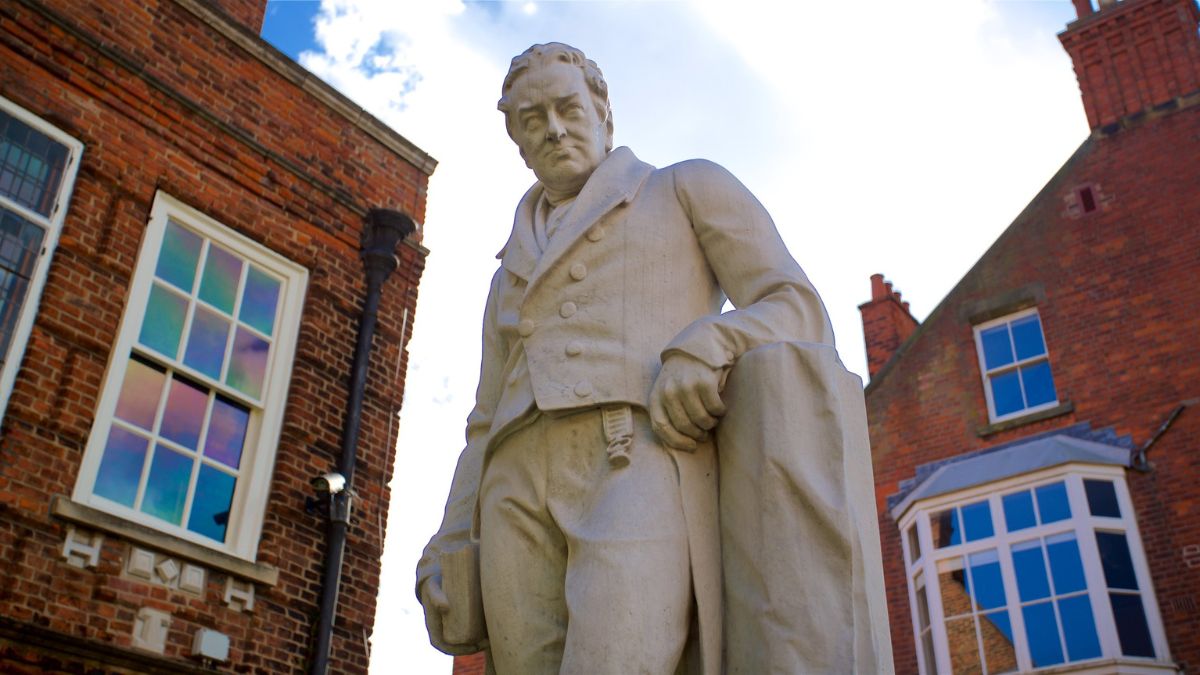


Great fiction has warned us of the dangers of playing God with human genetics, but sadly, what’s going on these days isn’t fiction.

In one of this summer’s most-awaited novels, “The City of Mirrors,” author Justin Cronin completes his unlikely literary trilogy about a world overrun by vampire-like creatures he dubs “virals.”
Unlike Bram Stoker’s creation, the disaster unleashed by his monsters is entirely man-made. Men, seeking to “play God,” created monstrous hybrids they could never hope to control, with disastrous but completely predictable results.
While Cronin’s work is fiction, its themes ring all too true. As one colleague of mine put it, the book reads like a “warning shot across our bow.”
As if to prove Cronin and my colleague right, a recent story proved that the impulse to “play God” isn’t limited to the fiction segment of the best-seller list. Just in the last few months, several news stories have described how scientists are creating embryos that are part human and part animal.
The purpose of these “chimeras,” as these hybrids are called, is ultimately to “help save the lives of people with a wide range of diseases.” As one report on NPR told listeners, “chimera embryos” might be used “to create better animal models to study how human diseases happen and how they progress.”
These hybrids are made, if not possible, at least significantly easier, by CRISPR, the gene-editing technology that I recently told you about on BreakPoint. In one instance, the “gene that pig [or sheep] embryos need to produce a pancreas” is removed. In its place researchers insert human-induced pluripotent stem cells.
The goal is for the stem cells to “take advantage of the void in the embryo and start forming a human pancreas.” This human pancreas can then be transplanted into a human recipient with less chances of rejection. Well, at least that’s the theory. We don’t know for certain what will happen. What we do know for certain is the embryos will be implanted in sows or ewes, and thus there’s a chance of making piglets and/or lambs with a human pancreas.
To put it mildly, the process raises serious moral and ethical questions. Stuart Newman, a professor of cell biology at New York Medical College told NPR that the technology takes us “into unsettling ground that I think is damaging to our sense of humanity.”
It’s not the first time Newman has taken on the issue. Newman’s Wikipedia biography calls him “an outspoken critic of proposed uses of developmental biology to modify human species identity, including cloning and germline genetic manipulation.” In 1997, he applied for a patent on human-animal chimera just to raise the moral and legal questions surrounding the technology.
His goal was to sound the alarm against, as Mother Jones put it, “biotech run amok.”
Now, less than twenty-years later, many biotech advocates are still looking to run amok in their fantasies of a Brave New World. For now, the National Institutes of Health has placed a moratorium on funding for this research while it ponders the ethical issues. But do not believe for a moment that, if the technological and political hurdles are overcome, this will stop with pancreases.
Eventually, as Newman has warned, the monsters of legend, allegory and best-selling novels “could actually be invented.” And it will be justified by promising miracle cures.
Never mind that, as experience with embryonic stem cell research has fully demonstrated, the cures promised by those wishing to proceed with no restraints will almost certainly prove elusive if not illusory. By then the irreparable damage to our sense of humanity will have been done—damage which will be entirely man-made.
By the way, if you’re interested in Justin Cronin’s trilogy of novels about man-made monsters overrunning the planet, my friend Roberto Rivera has written an excellent review of them. Come to BreakPoint.org to check them out.
Monster Madness of Our Own Making: Human-Animal Hybrids
As John points out, the methods pushed in recent biotech research are at the least ethically questionable, and at worst, dehumanizing. To read more on this topic, check out the links below.
Where the Monsters Are
Roberto Rivera | BreakPoint.org | May 27, 2016
Gods and Monsters
Mark Dowie | Mother Jones | January/February 2004
In Search of Cures, Scientists Create Embryos that Are Both Animal and Human
Rob Stein | NPR | May 18, 2016
Have a Follow-up Question?
Want to dig deeper?
If you want to challenge yourself as many others have done, sign up below.
Webinars
Short Courses
Up
Next














